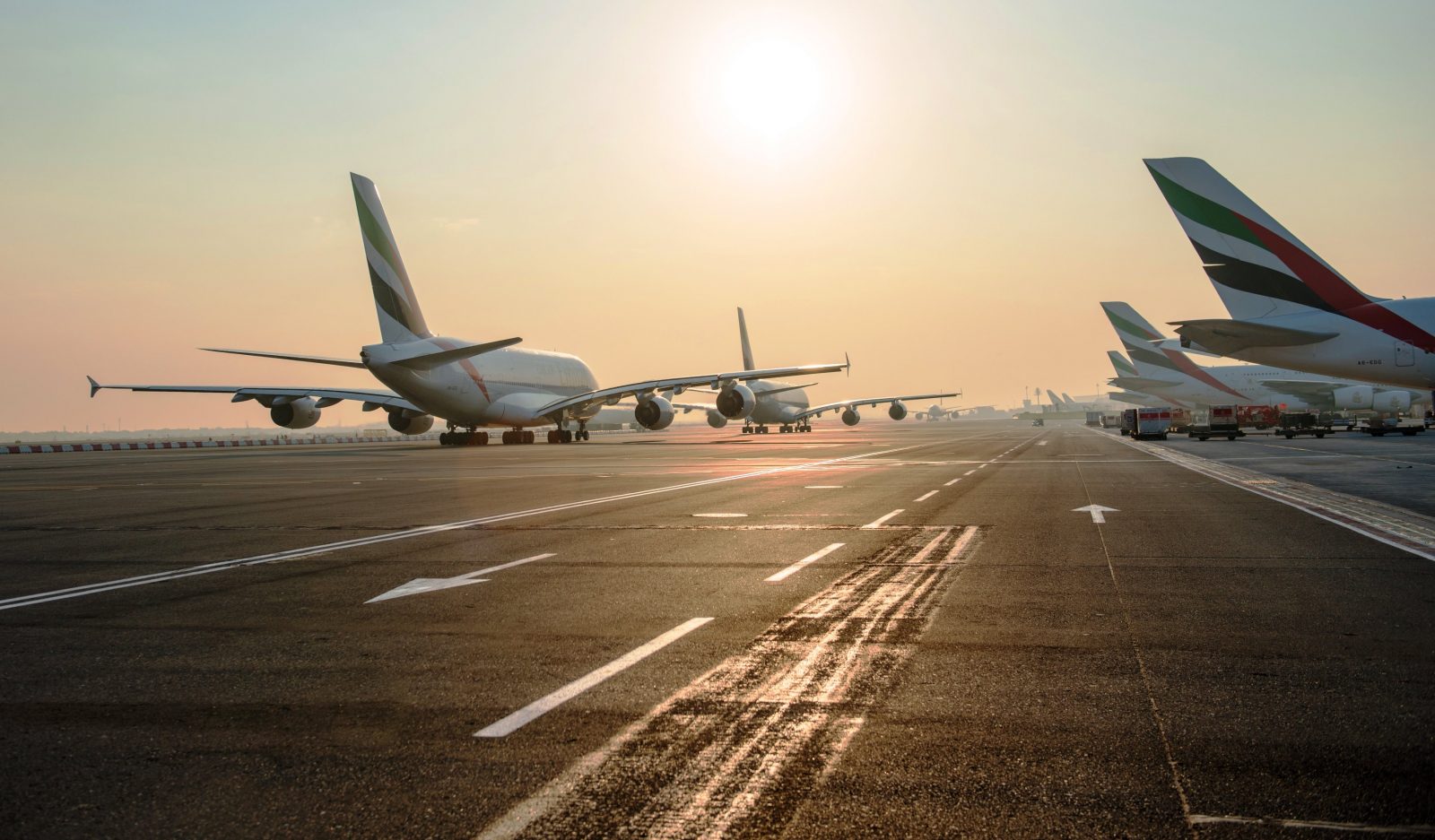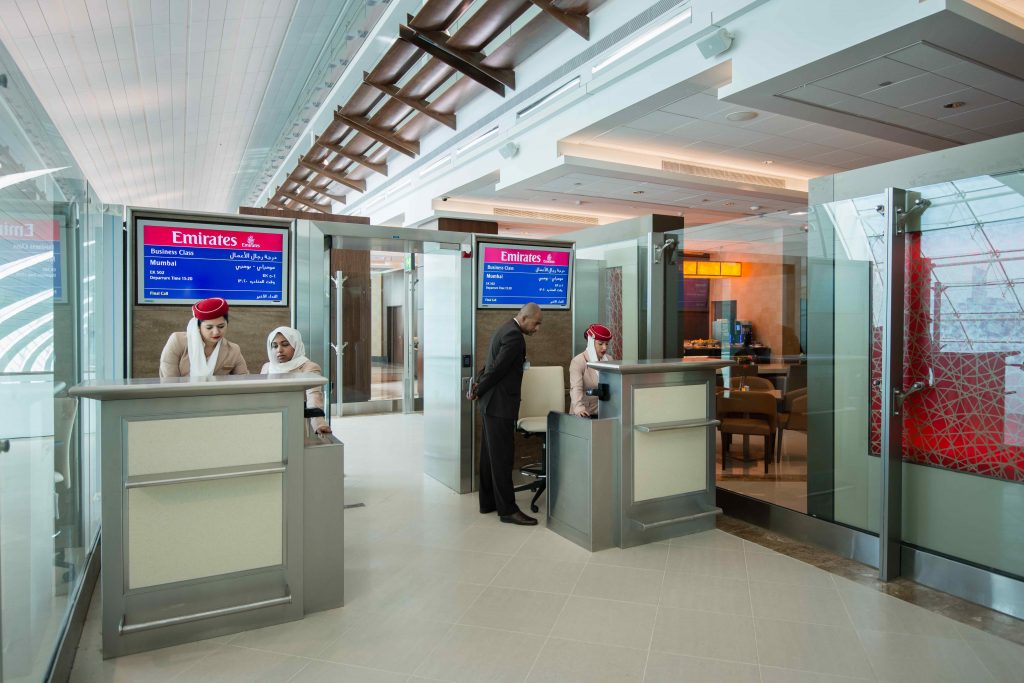
After more than a year in the planning, the world’s busiest international airport plans to close one of just two of its runways for a 45-day period starting tomorrow. Dubai International Airport (DXB) says the operations team is “good to go” with the massive runway refurbishment project that will see 60,000 tonnes of asphalt and 8,000 square metres of concrete replaced on DXB’s southern runway (12R-30L).
Also up for replacement are more than 5,500 runway lights, along with 800 kilometres of electrical wiring. The huge project will involve nearly 2,000 construction workers and at peak times around 90 construction vehicles per hour will enter and exit the airport.
DXB’s southern runway has come to the end of its design life but unlike other airport’s with excess capacity, Dubai International has to completely shut its runway in order to get the work done. A similar project actually took place on Dubai’s northern runway in 2014 although at the time DXB wasn’t handling quite so many flights as it does now – current estimates put aircraft movements at 1,100 per day.
The airport operator says that the work will lead to a total reduction in capacity to Dubai of about 20% – that’s actually an improvement on the feared 26% capacity reduction that officials were estimating just a few months ago. DXB currently operates at full capacity 24 hours a day, 7 days a week, 365 days a year and is currently the third overall busiest airport in the world and the busiest airport in the world for international traffic.
DXB is also the busiest two-runway airport in the world so any runway closure is clearly going to have a massive impact. Officials, however, have managed to reduce the overall impact by moving some flights to Dubai’s second airport at Dubai World Central (DWC) while some airlines have reduced their schedules to the city but upgauged to larger aircraft types to reduce the impact on capacity.

Both Air France and British Airways plan to use Airbus A380’s on their flights to Dubai during the runway shutdown, instead of smaller aircraft types like Boeing 777’s and 787’s.
Dubai’s hometown airline, Emirates, though has been particularly affected and has been forced to cut capacity to a slew of destinations across its global network. More than 50 destinations will have services cut during the runway closure, although Emirates says the reduction in capacity comes at a naturally quieter period in the year for air travel.
“Planning and preparations have been underway for almost two years,” explains Paul Griffiths, the CEO of Dubai Airports. He has been overseeing preparations in the hope of avoiding travel armageddon on the 16th April.
In the last few days over 600 pieces of airport equipment has been moved from DXB to Dubai World Central in order to handle the sudden increase in operations at what will one-day be Dubai’s primary airport. A number of airlines will move over to DWC during the shutdown with the airport handling an average of 145 passenger flights per day.
The airlines confirmed as operating out of DWC during the runway closure are: flydubai, Wizz Air, Aeroflot, Indigo, SpiceJet, Gulf Air, Ukraine International Airlines, Ural Airlines, Nepal Airlines, Kuwait Airways and flynas.
Mateusz Maszczynski honed his skills as an international flight attendant at the most prominent airline in the Middle East and has been flying ever since... most recently for a well known European airline. Matt is passionate about the aviation industry and has become an expert in passenger experience and human-centric stories. Always keeping an ear close to the ground, Matt's industry insights, analysis and news coverage is frequently relied upon by some of the biggest names in journalism.







